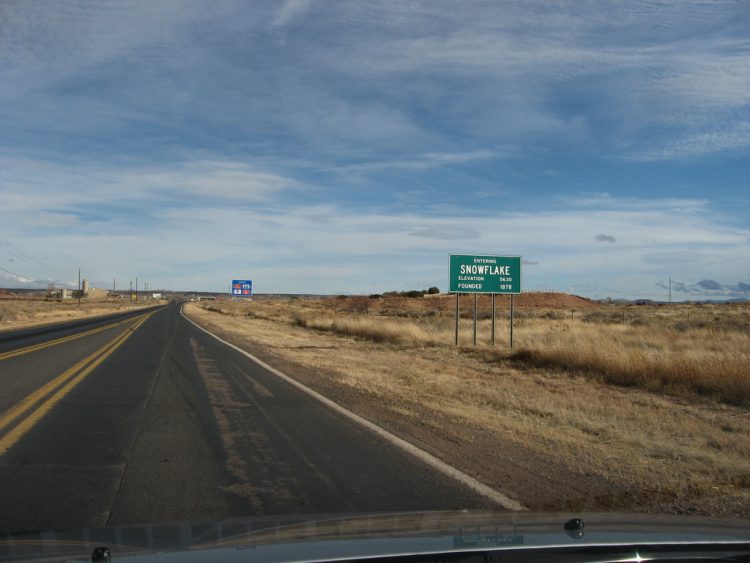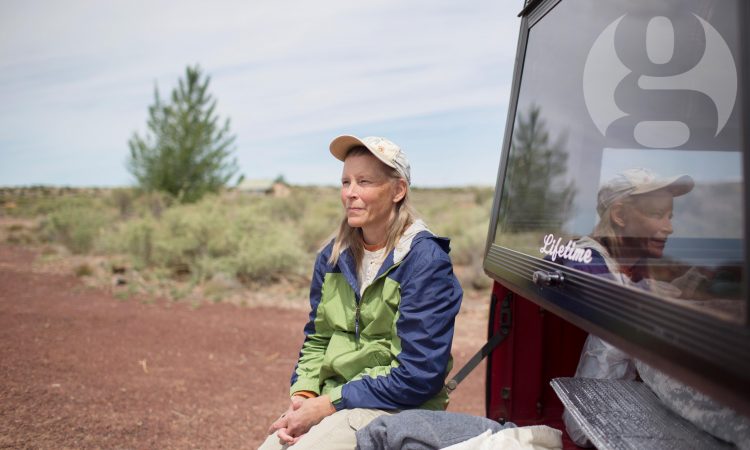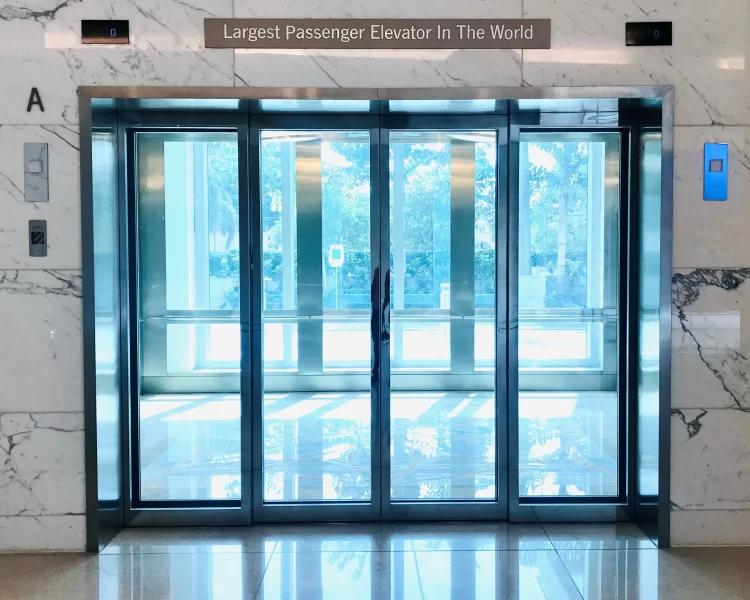A tiny off-grid community in Snowflake, Arizona has become a refuge for people suffering from multiple chemical sensitivity (MCS). Often referred to as Environmental Illness, (EI), the condition is a chronic disorder in which exposure to everyday chemicals and technology causes symptoms of varying intensity.
Some of the symptoms of MCS are merely annoying and range from muscle pain to general fatigue. Others are reportedly crippling, such as intense nausea, migraines, sudden panic, and even vertigo. Sufferers claim that their symptoms coincide with exposure to chemicals and technologies around them, such as fragrances, synthetic fabrics, pesticides, and Wi-Fi. Most doctors hesitate to legitimise the condition, citing lack of scientific evidence, calling it a psycho-social condition with acute physical symptoms. For this reason, sufferers, who typically are self-diagnosed, often have difficulty finding medical help for the disease and have to resort to alternative treatments.

Photo: Ken Lund
So, in 1988, one MCS sufferer took his health into his own hands and moved to the tiny desert town of Snowflake Arizona. Bruce McCreary, a former electrical engineer, left his home in Mesa after being nearly disabled from exposure to chemicals in the aircraft factory where he worked. Since the early nineties, 30 more MCS refugees have joined McCreary in Snowflake, making the town a sort of oasis for MCS victims.
Another resident of Snowflake, Susie Molloy, arrived in 1994. She developed debilitating symptoms of MCS in the 1970s when she was in college. Doctors merely diagnosed her with anxiety and, for a while, she feared it was AIDS. Eventually, she was able to self-diagnose MCS, and shortly after she launched an environmental illness advocacy newsletter, which circulated via an MCS network throughout the country. She was contacted by a reader from Snowflake, telling her about the clean air and safe environment, and subsequently moved there.
“For me, the improvement was so radical,” she said on the 99% Invisible Podcast Snowflake episode. “You get out of the car; you feel better. You can walk. You don’t need the oxygen tank. Your speech is clear. I didn’t exactly want to move here, but my body said, ‘Yeah we’re moving here.’”

Photo: YouTube/The Guardian
About a year later she, with the financial backing of friends and families, built a tiny house with aluminum foil lined walls.
In the decades since Molloy arrived, dozens more hypersensitive people who are overwhelmed by the modern world have gravitated toward the quiet desert town. Many in the community formerly worked as engineers and began noticing symptoms at work, while others, like Molloy, cannot pinpoint what first triggered their illness. Regardless of the origin of their disease, all of them find it impossible to live life in the outside world and are unable to work. One resident claims to be allergic to ink fumes and is thus only able to read books through a clear plastic box while wearing plastic bags on his hands. Another resident, who lives in her truck, claims that she was forced to throw away a sleeping bag when she was unable to rid it of supposedly toxic fumes. These residents find a refuge of likemindedness and understanding in Snowflake.
Molloy, McCreary, and the rest of the Snowflake MCS community are happy with their unique home but worry that the balance is fragile, which is why they’re wary about inviting new residences into their enclave.
“It is fragile,” Molloy said in the podcast**. “All it takes is one family building a gas station out there on the road, and a lot of us would have to move. So I am hyper-vigilant … always hoping that we’re going to keep getting away with this life that we’ve built here.”






